Retro Replay Review
Gameplay
The core gameplay of William Wobbler is built around exploration and puzzle-solving. Players guide William through a series of caverns beneath the surface of an alien planet, using a joystick to move and the fire button to jump. The controls are responsive and intuitive, making the navigation through narrow passages and tricky ledges feel fluid. Collecting all ten clues requires precision timing and careful attention to the environment, as one wrong step can send William plummeting back to an earlier checkpoint.
(HEY YOU!! We hope you enjoy! We try not to run ads. So basically, this is a very expensive hobby running this site. Please consider joining us for updates, forums, and more. Network w/ us to make some cash or friends while retro gaming, and you can win some free retro games for posting. Okay, carry on 👍)
Puzzles and barriers are woven throughout each cavern, demanding a mix of logic and dexterity. Some puzzles require finding and combining objects in the correct order. William’s inventory, accessed with the [I] key, displays held items and automatically equips objects when needed, streamlining gameplay without overcomplicating management. This auto-use feature ensures that players remain focused on solving challenges rather than micromanaging an unwieldy inventory system.
Obstacles such as snakes, flying projectiles, and patrolling droids add layers of complexity to the experience. Snakes must be carefully jumped over, while flying objects force players to duck or time their jumps precisely. In one cavern, the discovery of the Glowing Orb changes the dynamic entirely by granting William the power to neutralize any nearby droid. This shift in mechanics encourages adaptive strategies, keeping gameplay fresh and rewarding experimentation.
For those who enjoy a competitive edge, William Wobbler once featured an official contest: completing the game would generate a special save file on a competition disk provided with the original package. Players would mail this disk to Wizard Developments for a chance to win a prize. This historical twist adds retro credence and highlights the game’s community-driven appeal, transforming what might have been a solitary quest into a communal, spirited challenge.
Graphics
William Wobbler’s visuals evoke classic 8-bit charm with vibrant color palettes and crisp sprite work. The alien planet’s surface, covered in cratered terrain, feels both mysterious and inviting, setting the stage for the subterranean adventures to come. Cavern walls display subtle gradients, and environmental details—such as dripping stalactites or flickering bioluminescent fungi—add depth to the pixelated realms without overwhelming the screen.
Character animation for William is surprisingly smooth given the hardware limitations of its era. His running, jumping, and object-handling motions are distinct and easily readable. Enemy sprites, from slithering snakes to mechanical droids, boast clear silhouettes that stand out against each background. This clarity helps players react quickly to threats and plan their movements with confidence.
Lighting effects are used sparingly but effectively, especially in deeper caverns where darkness underscores the sense of danger. The Glowing Orb, when collected, emits a bright halo that not only illuminates the surroundings but also visually signifies its power. Occasional screen flicker during high-action sequences can occur, but it never detracts from the overall experience; rather, it reinforces the authentic retro feel.
While modern gamers might find the pixel count modest by today’s standards, the art direction is consistent and purposeful. Every decorative touch—from etched rock formations to subtle shading on cavern floors—serves to build atmosphere and convey a sense of place. William Wobbler’s aesthetic charm lies in its simplicity and attention to detail, making it a treat for enthusiasts of vintage-style graphics.
Story
At its heart, William Wobbler features a straightforward narrative: retrieve ten scattered clues hidden within the planet’s subterranean network. Though minimalistic, this premise provides just enough context to fuel the sense of adventure. Each clue feels like a step closer to unveiling the planet’s secrets, and the process of discovery keeps the narrative momentum alive.
Despite lacking elaborate cutscenes or detailed character backstories, the game’s lore surfaces through environmental storytelling. Cracked walls suggest geological upheavals, while abandoned machinery hints at previous explorers or alien civilizations. These breadcrumbs invite players to piece together a larger mystery, adding a layer of intrigue beyond mere item collection.
The inclusion of an official contest in the game’s original release history enriches the narrative by blending real-world player achievements with in-game progression. Knowing that early adopters competed for a tangible prize transforms William’s quest into a pioneering event in gaming culture. It’s a subtle narrative device that acknowledges the player’s journey both on-screen and off-screen.
In sum, the story in William Wobbler is lean but purposeful. It leans on environmental cues and the thrill of the unknown rather than lengthy exposition, making it ideal for players who appreciate emergent narratives and self-driven exploration. The promise of unearthing the planet’s hidden truths keeps motivation high throughout the adventure.
Overall Experience
William Wobbler delivers a balanced blend of platforming action and cerebral puzzles, offering a satisfying challenge for both casual gamers and hardcore retro enthusiasts. The difficulty curve is thoughtfully paced, with early caverns acting as a tutorial in disguise before ramping up the complexity of traps and brain-teasers. The sense of accomplishment from solving a particularly devious puzzle or timing a tricky jump is genuinely rewarding.
Sound design is minimal but effective, featuring sharp jump cues and atmospheric cave echoes that heighten immersion. While there’s no sweeping orchestral score, the sparse audio palette suits the game’s underground setting, allowing players to focus on environmental hazards and sudden enemy appearances. For those who appreciate understated soundtracks, William Wobbler’s audio design strikes the right balance between function and ambiance.
Replayability stems from the desire to master every obstacle and discover optimal routes through each cavern. The hidden nature of certain objects and the strategic sequencing of item use encourage multiple playthroughs, as players seek to shave seconds off completion times or find more elegant solutions to puzzles. Additionally, the embedded competitive heritage gives collectors and speedrunners an extra incentive to revisit the game.
Overall, William Wobbler stands out as a meticulously crafted retro platformer with a spirited puzzle focus. Its combination of tight controls, evocative visuals, and cleverly designed challenges makes it an engaging title for anyone intrigued by classic gaming experiences. Whether you’re chasing nostalgic thrills or craving a fresh test of skill and wits, William Wobbler is a hidden gem worth unearthing.
 Retro Replay Retro Replay gaming reviews, news, emulation, geek stuff and more!
Retro Replay Retro Replay gaming reviews, news, emulation, geek stuff and more!
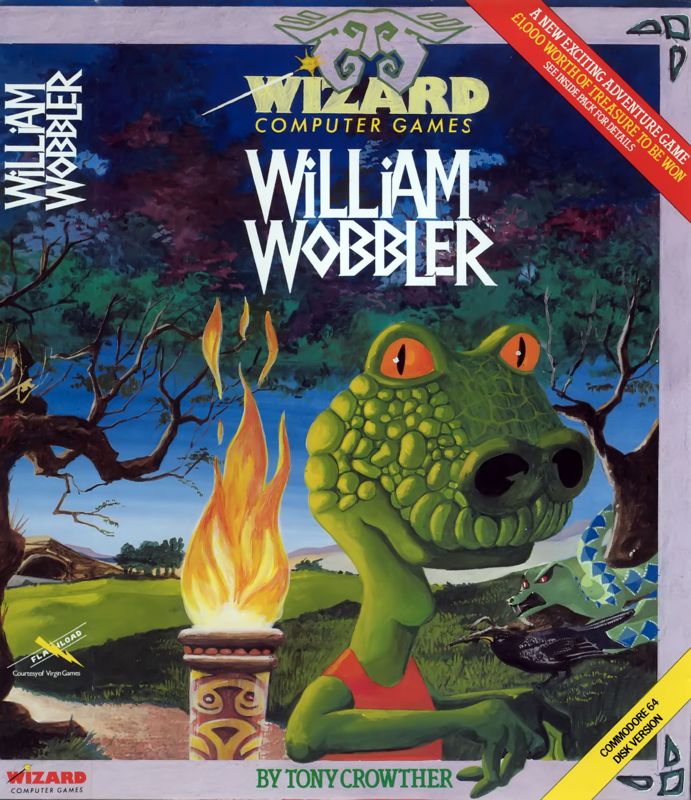
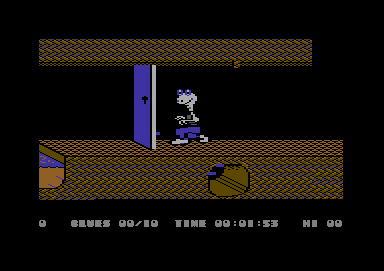
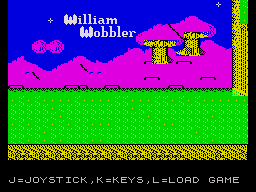
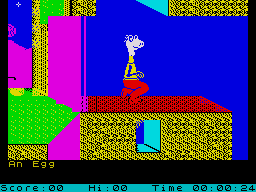
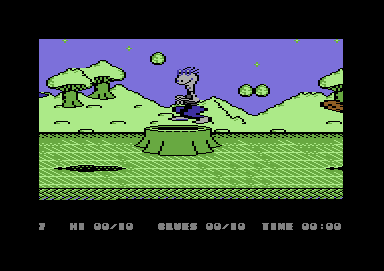
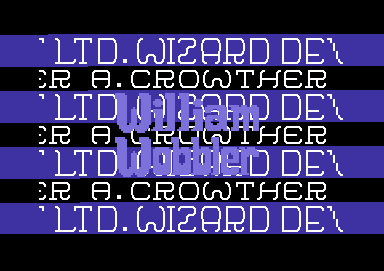



Reviews
There are no reviews yet.